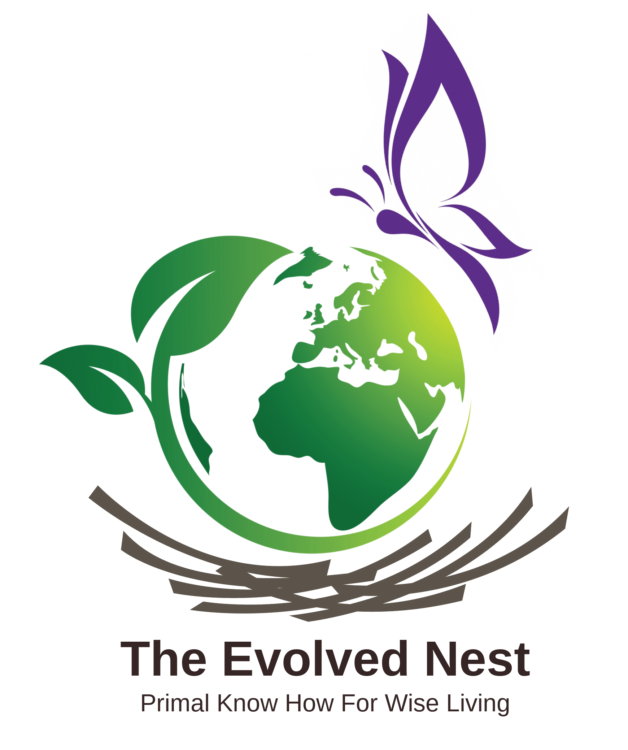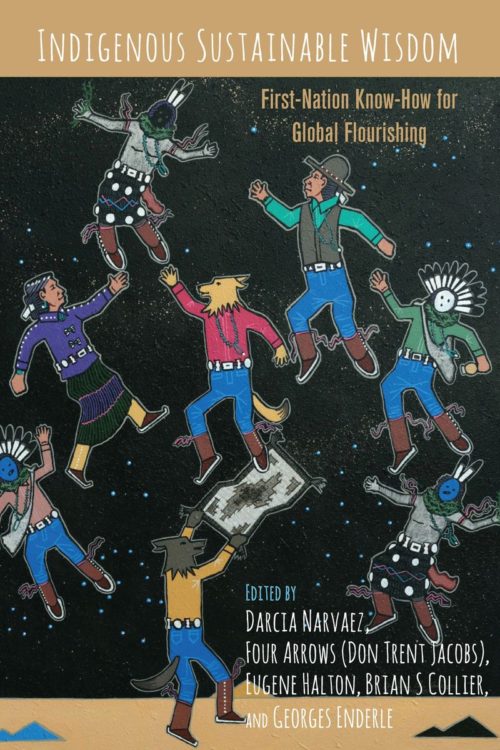The “Death Of Birth” And Losing Nature
We are less human if we forget to nurture our nature connection.
When is the last time you welcomed a spider or a fly? Your chances to do so are diminishing. The Intergovernmental Science-Policy Platform on Biodiversity and Ecosystem Services (IPBES) issued a report recently giving a dire warning that immediate action is needed. After decades of many such warnings, the “death of birth” is accelerating. IPBES predicts that due to human practices a million or more species will become extinct within decades, many of which have been around for perhaps millions of years (Bormann & Kellert, 1991).

The massive extinction of species and ecosystems is one of the four horsemen of the ecological apocalypse, along with massive toxicities that industrial culture introduces in soil, air, water, and our bodies; the degradation of the atmosphere (e.g., ozone depletion); and global warmingfrom excessive carbon and other emissions (E.O. Wilson, 1991).
All these are recent practices spearheaded by a subsection of humanity.
Humans evolved to have a deep sensory connection to and awareness of the natural world. Peoples who live immersed in nature have deep impressions of nature. For example, they recognize tree species by the sounds the wind makes in their leaves. And they recognize many kinds of winds. From deep observation, they understand the signals of mosses, animal behavior, and cloud formation. They can track animals and find food sources in natural environments (Cajete, 2000; Kimmerer, 2012).
The Americas were a paradise when first encountered by European explorers. Their diaries report wildlife so abundant it was hard to navigate rivers, which were filled with otters and salmon (Narvaez et al., 2019). Native peoples lived comfortably with an abundance of animal neighbors, including predators, to the astonishment of missionaries and other reporters (Madley, 2016). Like First Nation peoples around the world today, the attitude towards the natural world was one of cooperative partnership in maintaining the health of the biocommunity to meet the needs of all (Descola, 2017).
As people moved into human-built environments and away from the immersed experience in healthy forests, mountains, and waterways, their senses were increasingly dulled, and their skills to get along with a diverse natural world atrophied (Martin, 1992, 1999; Merchant, 2003). The other-than-human became aversive, unless controllable like pets or houseplants.
With advancements in technology, nature disconnection has become more and more widespread—the forgetting of our origins and our sensory potential. And now ecological detachment is commonplace (Louv, 2005).
With advancements in technology, nature disconnection has become more and more widespread—the forgetting of our origins and our sensory potential. And now ecological detachment is commonplace (Louv, 2005).
Humans learn by immersed experience. If a child, then adult, is not regularly immersed in a complex natural world, the ability to perceive, respond to, and understand nature is diminished. It becomes “rational” to ignore nature’s complexity (Myers, 1991), even to feel superior and justify dominance over it (Narvaez, 2014).
Humans also learn from mimesis or imitation. We follow what we see others do, hence the power of advertising, movies, and social media. When we see others fear nature, destroy it, or treat it as if inert, we learn to do the same.
The species apocalypse taking place now is not so disturbing if you have been trained over and over to perceive many insects and animals as “pests” to be exterminated rather than treated as partners in the ecosystem. Pouring toxins on gardens and yards seems reasonable in this “us-against-nature” worldview
The IPBES report notes that humanity’s current practices are eroding the very foundations of human economies, food security, livelihoods, health, and quality of life all over the world. In every neighborhood, “transformative changes” are needed to restore and protect nature.
What can you do?
- Restore your psychological connection to nature.
- Open your senses and relearn the languages of nature.
- Practice immersion in nature with core routines, games and storytelling.
- Plant native plants in your garden.
- Avoid using toxic substances in your home and yard.
The IPBES report also points out that opposition from vested interests can be overcome for the public good. If we shift our own worldviews, we have a better chance of shifting the worldviews and practices at the global level.
References
Amel, E., Manning, C., Scott, B., & Koger, S. (2017). Beyond the roots of human inaction: Fostering collective effort toward ecosystem conservation. Science, 356, 275-279. doi: 10.1126/science.aal1931
Bormann, F. H. & Kellert, S.R. (Eds.), (1991). Ecology, economics, ethics: The broken circle. New Haven: Yale University Press.

Cajete, G. (2000). Native science. Santa Fe: Clear Light Publishers.
Descola, P. (2013). Beyond nature and culture (J. Lloyd, trans.). Chicago: University of Chicago Press.
Díaz, S., Settele, J., Brondizio, E., Ngo, H.T., Gueze, M. Agard, J.,…Zayas, C. (2019). IPBES summary for policymakers of the global assessment report on biodiversity and ecosystem services. Bonn, Germany: The Intergovernmental Science-Policy Platform on Biodiversity and Ecosystem Services (IPBES).
IPCC, 2014: Climate Change 2014: Synthesis Report. Contribution of Working Groups I, II and III to the Fifth Assessment Report of the Intergovernmental Panel on Climate Change [Core Writing Team, R.K. Pachauri and L.A. Meyer (eds.)]. IPCC, Geneva, Switzerland,
Kimmerer, R.W. (2013). Braiding Sweetgrass: Indigenous wisdom, scientific knowledge and the teachings of plants. Milkweed Editions, Minneapolis, MN.
Kolbert, E. (2014). The sixth extinction: An unnatural history. New York, NY: Henry Holt.
Louv, R. (2005). Last child in the woods: Saving our children from Nature Deficit Disorder. New York: Workman.
Louv, R. (2016). Vitamin N: The Essential Guide to a Nature-Rich Life: 500 Ways to Enrich Your Family’s Health & Happiness.Chapel Hill, NC: Algonquin Books.
Madley, B. (2016). An American Genocide: The United States and the California Indian Catastrophe, 1846-1873. New Haven, CT: Yale University Press.
Martin, C. L. (1992). In the spirit. Baltimore, MD: Johns Hopkins University Press.
Martin, C.L. (1999). The way of the human being. New Haven, CT: Yale University Press.
McKibben, B. (2011). Eaarth: Making a Life on a Tough New Planet. New York: St. Martin’ Griffin.
Merchant, C. (2003). Reinventing Eden: The fate of nature in Western culture. New York, NY: Routledge.
Myers, N. (1991). Biological diversity and global security. In F. H. Bormann & S.R. Kellert (Eds.), Ecology, economics, ethics: The broken circle (pp. 11-25). New Haven: Yale University Press.
Naess, A., & Rothenberg, D. (1989). Ecology, community and lifestyle. Cambridge, UK: Cambridge University Press.
Narvaez, D. (2014). Neurobiology and the development of human morality: Evolution, culture and wisdom. New York, NY: W.W. Norton.
Narvaez, D., Four Arrows, Halton, E., Collier, B., Enderle, G. (Eds.) (2019). Indigenous Sustainable Wisdom: First Nation Know-how for Global Flourishing. New York: Peter Lang.
Song, T. (2016). Becoming nature: Learning the language of wild animals and plants. Rochester, VT: Bear & Co.
Wilson, E.O. (1991). Biodversity, prosperity, and value. In F. H. Bormann & S.R. Kellert (Eds.), Ecology, economics, ethics: The broken circle (pp. 3-10). New Haven: Yale University Press.
Wilson, E.O. (1988). Biodiversity. Washington, D.C.: The National Academies Press.
Wilson, E.O. (2017). Half earth: Our planet’s fight for life. New York: Liveright.
Featured Photo Shutterstock/nasti23033

